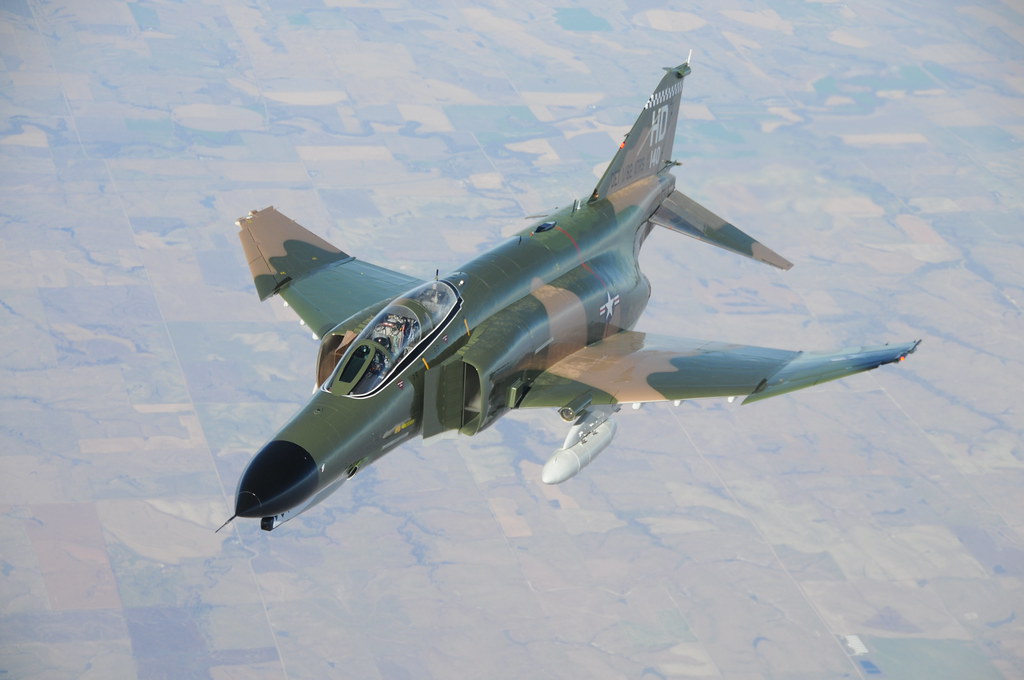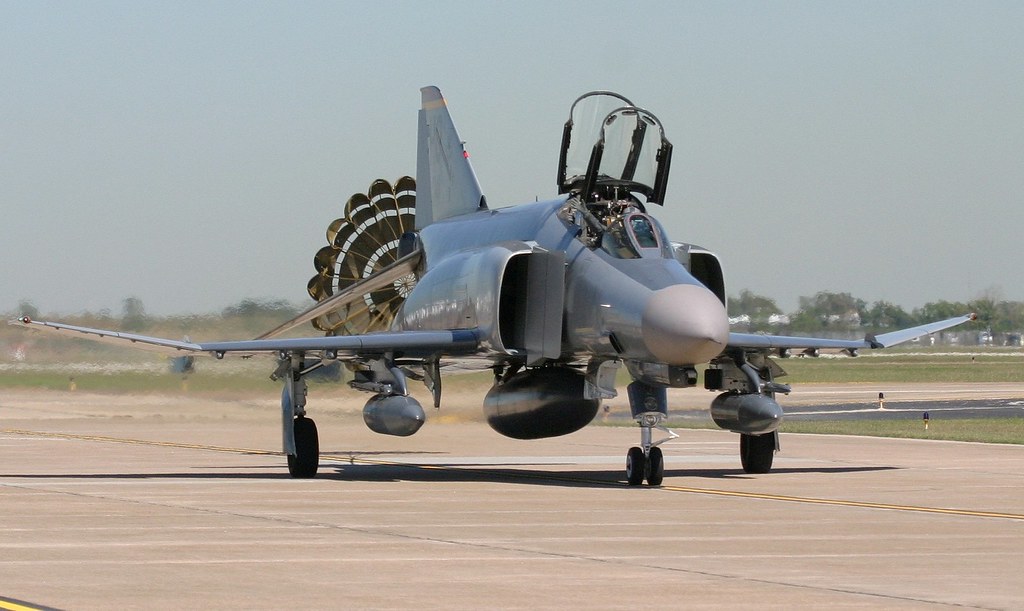
The McDonnell Douglas F-4 Phantom II stands as a remarkable supersonic fighter bomber and a lasting symbol in the annals of military aviation history.

Although production in the United States ceased in 1979, and its primary operators, the US Navy and Air Force, have long retired the aircraft, the F-4 Phantom II continues to soar in limited capacities across the globe.

The US Air Force phased out the Phantom and adopted the F-15 Eagle and F-16 Fighting Falcon as replacements, while the Navy and Marines transitioned to the F-14 Tomcat and the F/A-18 Hornet.

Despite being retired by its primary operators, the McDonnell Douglas F-4 Phantom, a notable supersonic fighter bomber first flown in 1958, still serves in limited military capacities in Iran, Turkey, and South Korea.

This narrative unfolds through the remarkable journey of the aircraft from its inception, through decades of service, to its twilight years in select foreign forces.

The F-4 Phantom II jet’s storied career began with the US Navy on May 27th, 1958, and expanded into the US Air Force and US Marine Corps, setting numerous records and becoming a crucial asset in campaigns such as Vietnam and Operation Desert Storm.

Its impact was global, with international operators like Germany, the UK, Israel, and Japan, each with their own chapters in the Phantom’s history.

As of early 2024, Iran, Turkey, and South Korea are the remaining operators of the Phantom F-4.

Iran originally had 225 Phantom II aircraft delivered by the US and continues to utilize them today, while Turkey operates a fleet of recently upgraded F-4E Phantoms.

South Korea, having operated the type since the late 1960s, confirmed plans to retire its remaining F04 aircraft in 2024.

The Phantom’s multifaceted role has evolved over time. In the United States, after its retirement, it led a twilight existence, with some F-4s serving as unmanned flying targets for missile and gun tests since 1991.

In other nations, it remains in combat service; notably, Turkish F-4s have seen action in northern Iraq.

The Phantom has been called “double ugly,” “rhino,” and “old smokey,” from its drooping horizontal stabilizers to the outer wing sections that tilt upward.

The sensitivity of control varies significantly. For instance, during takeoff, it requires full aft stick to raise the nose.

However, under specific conditions—such as certain fuel loadings and speeds slightly above Mach 0.9 at low altitude—a mere one-inch movement of the stick can exert 6 Gs on the airframe.
Relevant articles:
– Are Any McDonnell Douglas F-4 Phantoms Still Flying?, Simple Flying
– Where Have All the Phantoms Gone?, smithsonianmag.com
– Hey, Wanna Buy a Real, Flyable F-4 Phantom?, popularmechanics.com
– McDonnell Douglas F-4 Phantom II U.S. operators, Military Wiki | Fandom

